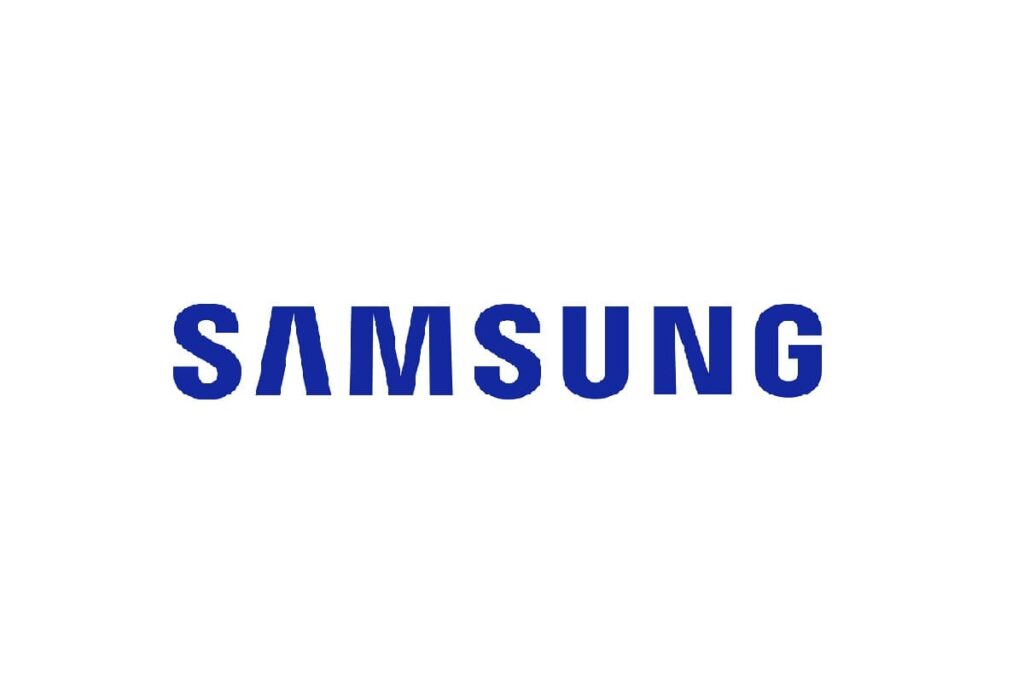In this article, we will explore the potential causes behind an unresponsive touch screen on the Galaxy Tab A9 and provide a comprehensive troubleshooting guide to help users resolve this issue.
Samsung Galaxy Tab A9 Unresponsive Touch Screen:
Understanding the Issue: Before diving into solutions, it’s crucial to understand the potential causes behind an unresponsive touch screen on the Samsung Galaxy Tab A9. Possible culprits include software glitches, outdated system software, problematic third-party apps, or even hardware issues. Identifying the root cause will significantly streamline the troubleshooting process.
Software Troubleshooting:
- Restart the Tablet: A simple restart can often resolve temporary software glitches causing the touch screen to become unresponsive. Hold down the power button, select “Restart,” and check if the issue persists.
- Check for System Updates: Outdated software can lead to various performance issues. Ensure that your Galaxy Tab A9 is running the latest version of the operating system. Go to “Settings,” select “Software Update,” and follow the prompts to update if available.
- Safe Mode: Booting the tablet into Safe Mode helps identify if a third-party app is causing the problem. If the touch screen works fine in Safe Mode, uninstall recently installed apps until the culprit is found.
Hardware Inspection:
- Screen Protector and Case: Sometimes, unresponsive touch screens may be caused by interference from a screen protector or a poorly fitting case. Remove the protector and case, then check if the touch screen functions properly.
- Clean the Screen: Dirt, grease, or debris on the screen can impede touch sensitivity. Gently clean the screen with a microfiber cloth, ensuring there’s no residue that could affect touch responsiveness.
- Perform a Touch Screen Test: Samsung devices typically have a built-in diagnostic tool that allows users to test the touch screen’s functionality. Access this tool through the device’s dialer by entering #0#. Navigate to “Touch” and run the test to check for any unresponsive areas.
Calibration:
- Touch Screen Calibration: The Galaxy Tab A9 offers a touch screen calibration feature. Navigate to “Settings,” select “Display,” and choose “Screen Sensitivity.” Follow the on-screen instructions to calibrate the touch screen for optimal responsiveness.
- Factory Reset: If all else fails, performing a factory reset can resolve persistent software issues. Ensure you back up important data before proceeding. Go to “Settings,” select “General Management,” then “Reset,” and choose “Factory data reset.”
Advanced Solutions:
- Update or Reinstall Firmware: If the touch screen issue persists, consider updating or reinstalling the firmware using Samsung’s official tools. This should be approached cautiously, as it involves more advanced steps and may void the warranty if not done correctly.
- Professional Repair: If all DIY attempts fail, it may be time to seek professional assistance. Contact Samsung support or visit an authorized service center to diagnose and address potential hardware issues.
Preventive Measures:
- Regular Maintenance: To prevent future touch screen issues, adopt a routine of cleaning the screen and updating the software regularly. This simple maintenance can go a long way in ensuring the optimal performance of your Galaxy Tab A9.
- App Awareness: Be mindful of the apps you install. Some third-party applications may not be optimized for your device, potentially causing conflicts that result in touch screen problems. Stick to reputable apps from the official app store.
Conclusion:
An unresponsive touch screen on the Samsung Galaxy Tab A9 can be a frustrating experience, but with the right troubleshooting steps, it’s often possible to identify and resolve the underlying issues.
